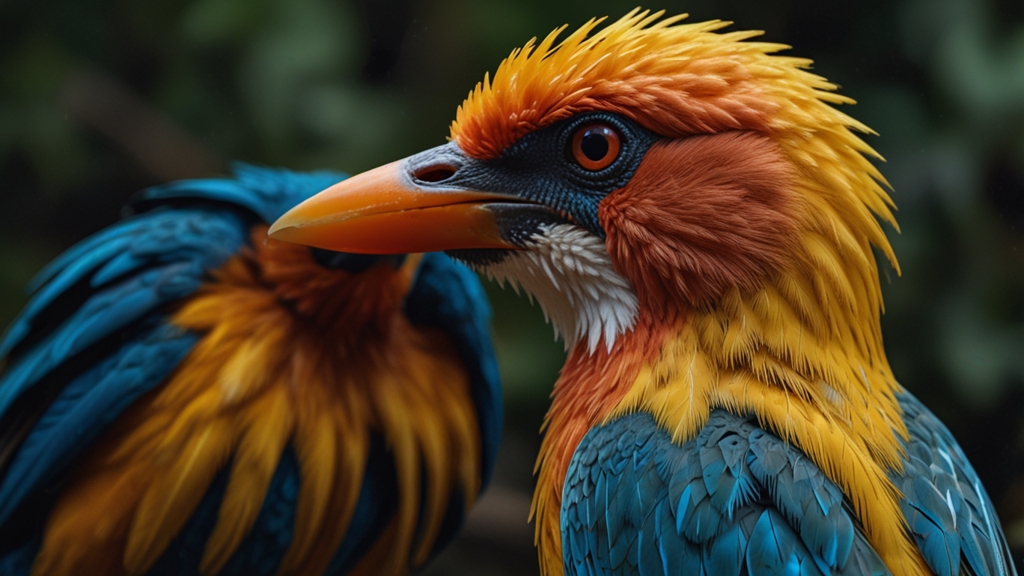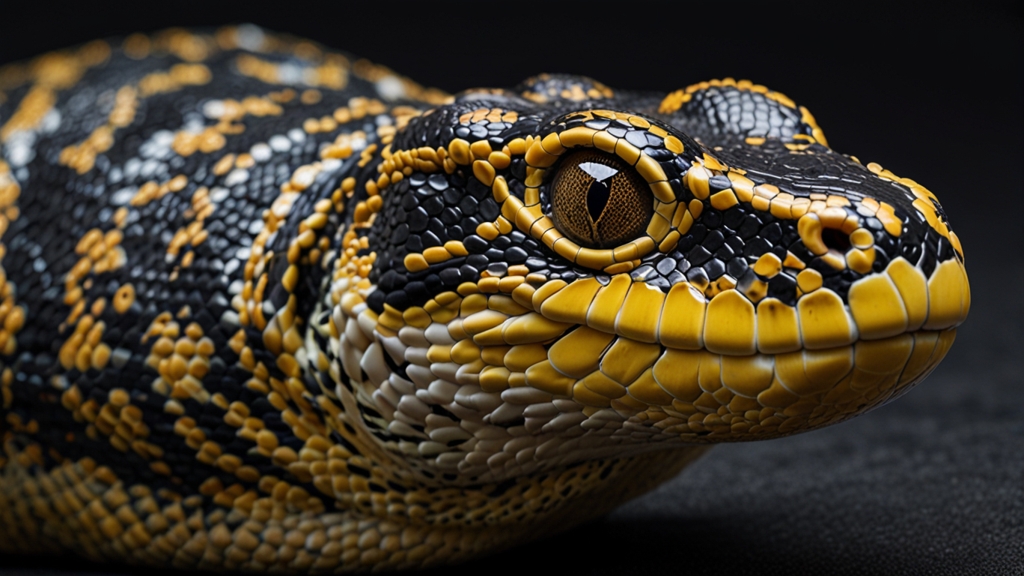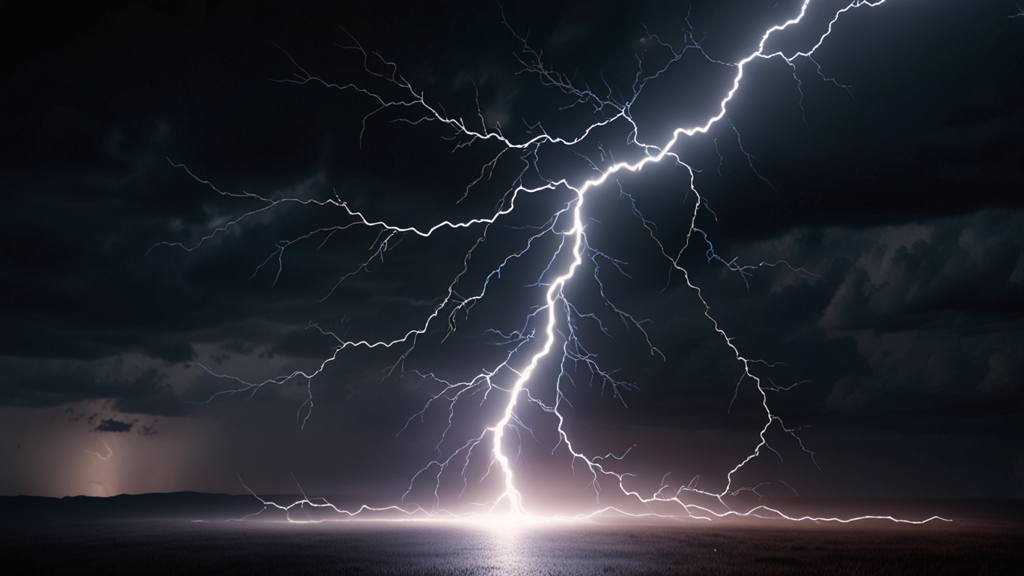Introduction
The natural world abounds with breathtaking spectacles, but few compare to the dazzling displays put on by the avian kingdom. From intricate dances to vibrant plumage, birds have evolved a multitude of ways to attract mates, ward off predators, and assert their dominance. These spectacular bird displays serve as a testament to nature's creativity and the lengths to which its creatures will go to ensure their survival and reproduction.
The Dance of the Birds
One of the most mesmerizing behaviors in the bird world is their courtship dances. Take the Bird of Paradise, for example. Native to the rainforests of Papua New Guinea, these birds engage in elaborate dances, complete with intricate movements and dramatic poses. The male Bird of Paradise fan their vibrant feathers, creating a hypnotic display that is as much about precision as it is about beauty.
Similarly, the Laysan Albatrosses, found in the North Pacific, display an astonishing array of synchronized movements and ritualistic actions during their courtship. These dances, honed over many years, serve not only to attract mates but also to strengthen the bonds between partner birds.
Ravishing Plumage
While dance plays a vital role in bird communication, visual displays of color and plumage are equally important. Birds such as the Peacock are famous for their vivid tail feathers that form a stunning fan. Each eye-catching plume is part of a larger pattern designed to captivate the attention of potential mates. The vibrant turquoise and iridescent blues of the male Peacock are so enchanting that they have become symbols of beauty and grace in various cultures worldwide.
"The peacock's tail feathers are not just for show; they are a product of sexual selection, ensuring that only the most dazzling males get to pass on their genes," states ornithologist Dr. Jane Austin.
Acoustic Marvels
Visual performances aside, birds also use sound as a form of display. The Lyrebird, native to Australia, is renowned for its astounding ability to mimic natural and artificial sounds alike. Its song repertoire includes the calls of other bird species, chainsaws, and even camera shutters. Such versatility not only impresses potential mates but also serves to establish territory and ward off competitors.
The Nightingale, on the other hand, captivates through its melodious and complex song. Found in Europe, Asia, and North Africa, the Nightingale’s vocal prowess involves a wide range of tones, pitches, and rhythms. These performances, often conducted in the dead of night, create an ethereal ambiance that accentuates the bird’s vocal skills.
"Birdsongs are a language of their own, speaking volumes to those who can understand their nuanced meaning," explains biologist Dr. Michael Learner.
Conclusion
From visual spectacles to auditory marvels, the animal kingdom’s avian performers offer a rich tapestry of dazzling displays. Whether it’s the vibrant plumage of the Peacock, the synchronized dances of the Albatross, or the astounding mimicry of the Lyrebird, birds exemplify nature’s flair for the dramatic and the beautiful. These avian performances are more than mere shows; they are intricate behaviors evolved to ensure survival and perpetuate life.
In witnessing these spectacular bird displays, we are reminded of the wonders of the natural world and the intricate dance of life that continues to unfold all around us. Next time you spot a bird in your backyard or on a nature hike, take a moment to observe; you might just witness one of nature’s most dazzling performances.







